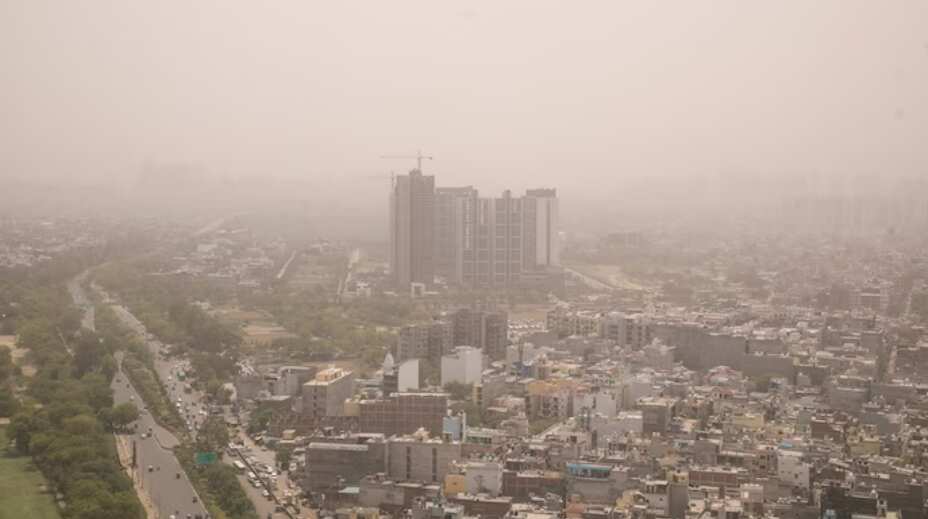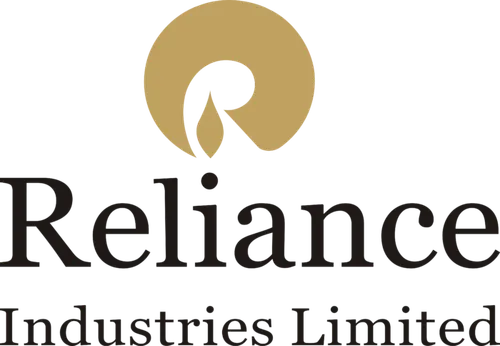Dust storm from North Pakistan advecting toward Delhi-NCR: IMD
The India Meteorological Department (IMD) said on Thursday that dust advected from North Pakistan is moving towards Delhi-NCR via Punjab and Haryana.
According to the IMD, the movement occurs under strong lower-level westerly winds prevailing over Punjab and Haryana.
The IMD department further informed that the dust has been gradually shifting eastward, improving visibility over the Palam area of Delhi, which is currently reporting visibility at 4000 meters.
Visibility conditions above 1000 meters are not considered a significant dust storm or dust event, as per IMD.
Meanwhile, Delhi is bearing the heat, with average temperatures in the high 30s Celsius. The pollution levels have also begun to climb. The CPCB recorded a high AQI of 350 on Thursday from Punjabi Bagh.
According to the Central Pollution Control Board, the air quality in Delhi on Thursday was recorded in the “poor” category, with a reading of 288. CPCB in Anand Vihar recorded an AQI of 283, Ashok Vihar reached 331, RK Puram 307 and Bawana recorded an AQI of 298.
An AQI between zero and 50 is considered “good”, 51 and 100 “satisfactory”, 101 and 200 “moderate”, 201 and 300 “poor”, 301 and 400 “very poor”, and 401 and 500 “severe”.
Earlier on May 1, the Commission for Air Quality Management (CAQM) revoked the Graded Response Action Plan (GRAP) Stage-I in Delhi-NCR with immediate effect after the national capital’s Air Quality Index (AQI) improved to the ‘Moderate’ category.
The CAQM said in a statement that the decision was taken based on the daily average AQI provided by the Central Pollution Control Board.
“Owing to strong winds and favourable meteorological conditions, the AQI of Delhi has shown improvement and has been recorded as 184 for May 1 (Moderate category). Further, the forecast by IMD/IITM also predicts AQI to remain in ‘Moderate’ category in coming days,” the order stated.”
All the agencies of the concerned State Governments/GNCTD in the NCR, to sustain the better AQI levels as being experienced currently and not to let the air quality slip to the “Poor” category, however need to ensure that all statutory directions, advisories, orders etc., issued by the Commission are followed and implemented in right earnest, including the rules/ regulations/ guidelines issued by MoEFCC and the Central Pollution Control Board and related instructions/ guidelines issued by the respective State Governments/GNCTD and Pollution Control Boards/DPCC, across all contributing sectors,” it added.
Anurag Dhole is a seasoned journalist and content writer with a passion for delivering timely, accurate, and engaging stories. With over 8 years of experience in digital media, she covers a wide range of topics—from breaking news and politics to business insights and cultural trends. Jane's writing style blends clarity with depth, aiming to inform and inspire readers in a fast-paced media landscape. When she’s not chasing stories, she’s likely reading investigative features or exploring local cafés for her next writing spot.






